Featured Articles
11 Amazing Tea Tree Oil Uses For The Natural Survivalist
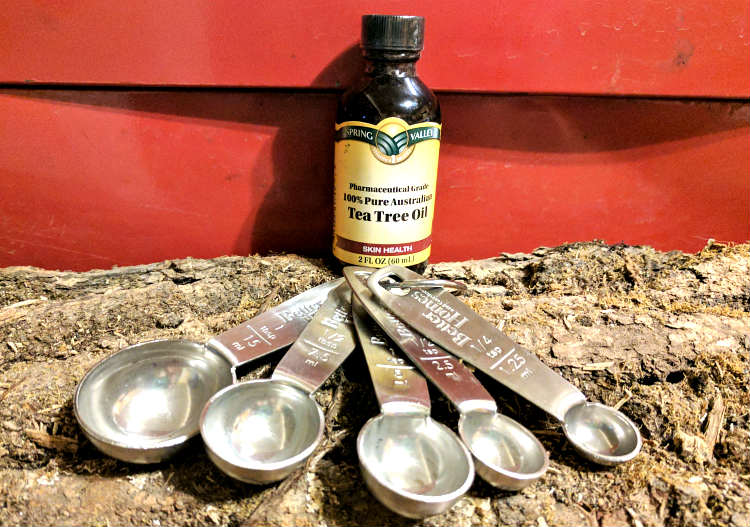
Tea tree oil is a must-have for every bug out bag, get me home bag, and first aid kit. The essential oil has been used as a natural antibiotic for centuries. After a TEOTWAKI disaster, picking up a cellphone to call 911 for help simply will not be an option. Growing your own pharmacy and stocking up on shelf-stable alternatives to modern medicines will be a key factor in the family’s survival.
Tea Tree Oil – Nature’s Antibiotic
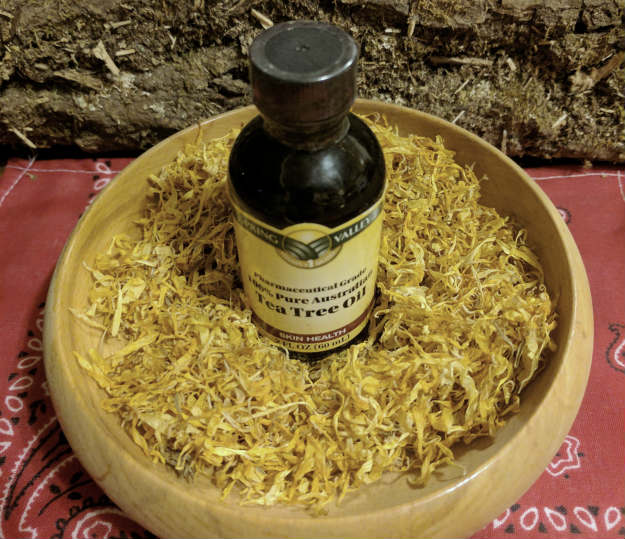
The essential oil is as versatile as it is hardy. It is typically safe to use on adults of all ages and can be used in natural home remedies for small pets and large livestock alike.
**Disclaimer: All content on this site is for informational purposes only. Please read our full disclaimer here**
Tea Trees
Tea trees are a part of the myrtle tree family, the Myrtaceae. They are a paper bark tree and also commonly referred to as a punk tree.
Growing your own tea tree is not difficult, the seeds which drop from the trees often spawn the growth of a multitude of two trees. But, the tree only grows in tropical or extremely warm regions where the threat of frost really doesn’t exist – like south Florida and Australia. The tree could be grown in a survival greenhouse, but would never be able to reach their full mature height indoors.
Both fresh and dried tea tree leaves can be purchased easily and relatively cheaply online. The leaves can be stored in a Mason jar as a back up to store bought tea tree oil, and then turned into an essential oil as needed.
Tea Tree Oil Natural Remedy Uses
1. Minor Wounds –
The oil can be used to thoroughly clean the wound area by allowing only a couple drops of the highly concentrated oil onto the cut to prevent infection from setting in.
2. Blisters, Acne, and Insect Stings/Bites –
Tea tree oil makes short work of pimples, cold sores, canker sores, and bug bites or stings. Dab a just a single drop of the oil directly onto the sore and allow it to air dry. This may need to be repeated for a few days depending upon the size of the sore. The same process can be used to help dry up chicken pox sores and soothe an outbreak of the mumps.
3. Asthma –
Pour three drops of tea tree oil into a small sauce pan and fill up the pot nearly to the top. Place on the stove on high heat for about three minutes, do not allow it to come to a boil. Have the asthma sufferer lean of the pan with a towel over their head to block the steam from escaping and breathe in the mixture to help alleviate symptoms of the condition until they can return to a normal breathing pattern.
4. Bacterial Infections –
The natural antibiotic has proven successful in fighting bacterial infections in many users. Tea tree oil, either used at full potency right out of the bottle, or diluted with a carrier oil (coconut oil is the cheapest and has healing properties all on its own) can be poured into bath water the for the user to soak to help heal the infected area. The oil has also been gently rubbed onto reflex points on the feet in an effort to stave off internal bacterial infections.
5. Burns and Bruises –
After applying a cold compress or ice to the bruise area, pat dry or allow to air dry. Apply ice or cold water to the bruise, pat dry, and then follow the arthritis relief directions above. Drop one or two drops of the oil, depending on the size of the bruise, and allow it to be absorbed into the skin – gently rub the oil around the bruise if necessary to prevent the liquid from dripping away from the intended area.
6. Bronchitis –
To help ease congestion and other common symptoms of bronchial illness, mix 7 drops of tea tree oil with one ounce of a carrier oil and rub onto the chest and throats three times per day. The asthma tea tree oil treatment may also be beneficial for bronchitis sufferers.
7. Ear Infection –
Mix four drops of tea tree oil with two tablespoons of warm (not hot) olive oil and place into the ear with a dropper. After the mixture has been allowed to soak into the ear for a few minutes, gently use a Q-Tip to absorb an excess oil. This treatment can be repeated up to three times a day until the earache pain subsides.
8. Teeth and Gums –
Tea tree oil can be used as mouthwash to not only cleanse the breath, but also to help heal sore and bloody gums. The essential oil may also help reduce pain from cavities and other common tooth injury issues. If a tooth has to be pulled during a SHTF scenario, dabbing one drop of the oil around the tooth before pulling. Then dabbing onto the gum after the tooth has been removed may help prevent infection and reduce soreness and swelling.
9. Muscle Pain and Swelling –
Mix 15 drops of tea tree oil with one cup of Epsom salts and dissolve the mixture into a bath. Be sure the tub is large enough for soaking the problem area. The oil can be mixed at a 2 to 1 ratio with a carrier oil to use as a sore muscle rub. For added relief while continuing on with the chores of the day, soak a piece of a paper bag into the mix just enough to dampen it. Then wrap around the sore muscle. It will stay in place while moving about until it dries completely and falls off.
10. Ringworm –
Mix one drop of lavender essential oil with one drop of tea tree oil and rub it onto the ringworm area. It is best to use gloves to avoid touching the ringworm area. Tea tree oil can be used without the added essential oil, but has caused a skin irritation issue on top of the ringworm in some users.
11. Pest Control –
Many common pests loathe the smell of tea tree oil. Keeping mice and bugs out of food storage areas may very well be a significant problem during a long-term disaster scenario. Simply rub down the pantry shelves and doors, storage tubs, or other area where food and seeds are stored, with straight tea tree oil to deter pests from making themselves at home in your preps. The oil does not work half as well on plastic or metal as it does on wood. Repeat the cleansing once a month for best results.
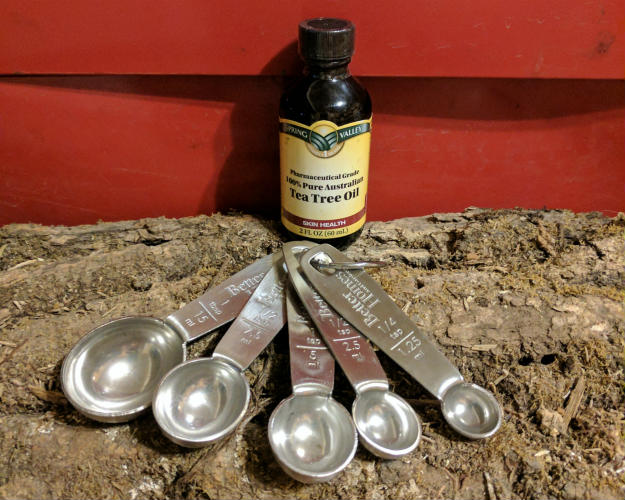
Natural Bug Spray Recipe
- Pour one 7 fluid ounce bottle of tea tree oil into a spray bottle.
- Then pour in one cup of blue dawn.
- Pour in 1/3 cup of witch hazel
- Pour ½ cup of distilled white vinegar into the spray bottle.
- Squeeze two or three vitamin E liquid capsules into the mix – optional
I use this spray on myself, my beloved horse, our blue heelers, goats, and even the infant grandkiddos. When using the spray on small livestock, such as puppies, cats, chickens, or ducks, use only three ounces of tea tree oil – or start with a little less and see how it works. Too much of the oil can cause nervous system problems with both small pets and livestock.
Making Tea Tree Essential Oil
- Put the fresh or dried tea tree leave in a pot on the stove. Pour in only enough warm water to cover the leaves.
- Place a vegetable steamer into the pot on top of the leaves.
- Put a glass cup, preferable a measuring cup, inside the vegetable steamer.
- Place a pot lid over the vegetable steamer upside down. The handle of the lid should be facing down toward the glass cup.
- Boil the water to steam the leaves. When the water condenses and evaporate the condensation will flow towards the handle. Then, ultimately drip back into the glass cup.
- Place about five ice cubes on top of the pot lid to speed up the steam condensation process.
- As soon as the ice has melted, and it won’t take very long, turn off the stove.
- Remove the lid first – carefully, it will still be very hot.
- Using caution again, removed the glass cup.
- Pour the contents of the glass cup into a separating funnel with a stopcook cap on both the narrow and then the wide ends. Shake vigorously during this stage of the distillation process.
- Turn the funnel upside down and remove the cap on the shallow end. This will release the pressure inside the separating funnel. This will allow the oil to float to the top – effectively separating the two liquids inside the funnel.
- Place a glass bottle or cup under the funnel and pour the water into the container.
- Pour the oil into a separate container.
- Repeat this entire process at least two or three more times to drain all of the oil from the leaves. Store in a bottle with a firm-fitting lid. Amber bottles work best because they make it more difficult for light to impact the oil and weaken it over time.
Warnings
Do not swallow tea tree oil. It is not likely to kill you, but will make you sick to your stomach and vomit most of the time. Over the years I have given tea tree oil and directions for using it to a multitude of people. I give directions to friends, family, and even nice strangers I run into in the health and beauty sections at the supermarket. Not one time has anyone had a bad reaction to the natural antibiotic. Of course, that does not mean such incidents do not occur in other people.
As with trying any medical regime, natural or not, it is always best to check with a doctor first. It’s also best to try first in a small amount and remain alert for any allergic reaction. I am not a trained medical professional by any stretch of the imagination. I am merely sharing my personal experience and research on tea tree oil with the prepping community for educational purposes.
Tea tree oil allergic reaction symptoms typically include a skin rash, muscle spasms in the arms and legs, drowsiness, and temporary disorientation.
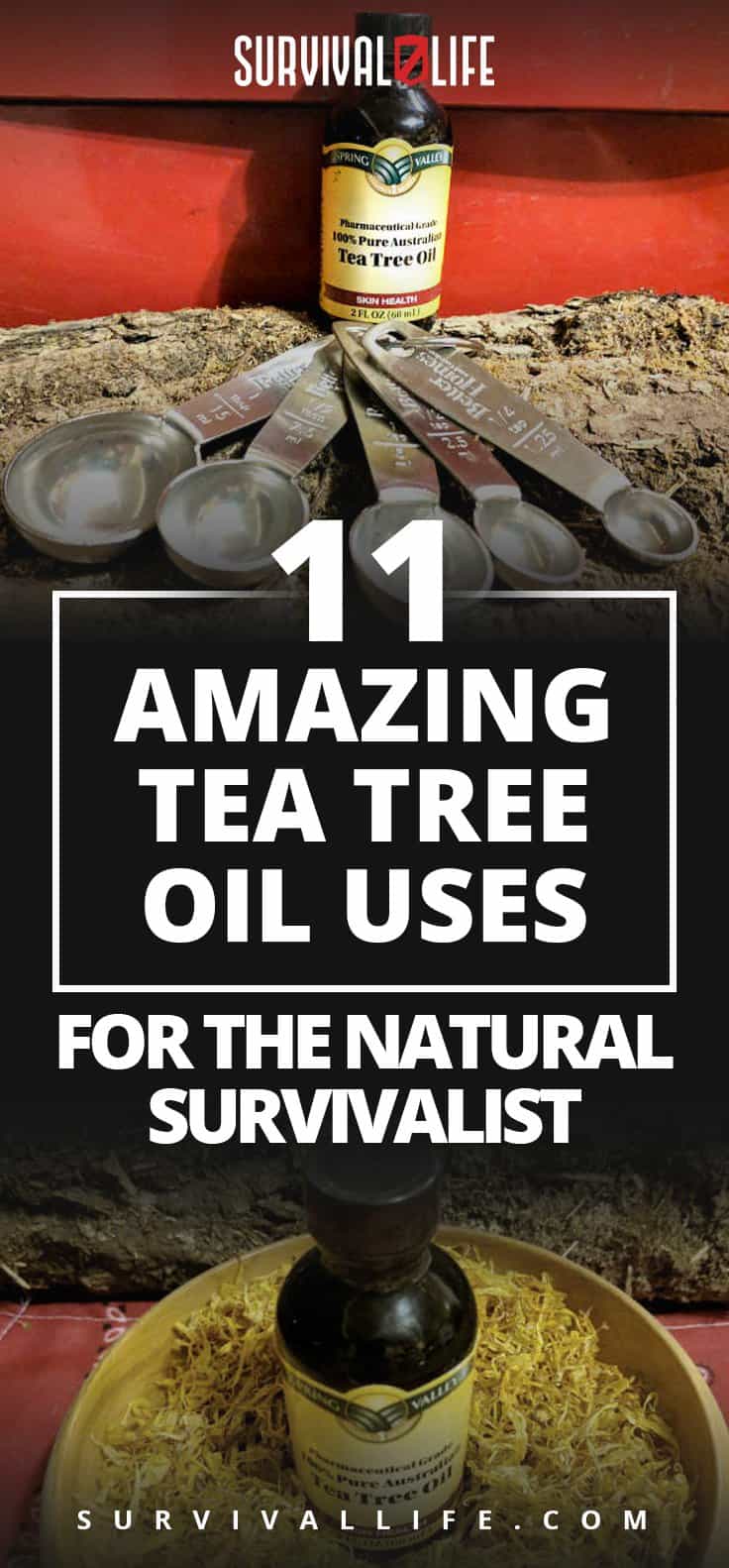
Up Next: Beginner’s Guide To Having an Outdoor Herb Garden | Survival Gardening
What do you think of using Tea Tree Oil? Will you include it in your bug out bag? Let us know in the comment section below.
If you’re looking for useful survival gear that you can’t make at home, check out the Survival Life Store!
-

 Do It Yourself7 months ago
Do It Yourself7 months agoParacord Projects | 36 Cool Paracord Ideas For Your Paracord Survival Projects
-

 Do It Yourself9 months ago
Do It Yourself9 months agoHow To Make Paracord Survival Bracelets | DIY Survival Prepping
-

 Do It Yourself9 months ago
Do It Yourself9 months ago21 Home Remedies For Toothache Pain Relief
-

 Do It Yourself10 months ago
Do It Yourself10 months agoSurvival DIY: How To Melt Aluminum Cans For Casting
-

 Exports8 months ago
Exports8 months agoAre Switchblades Legal? Knife Laws By State

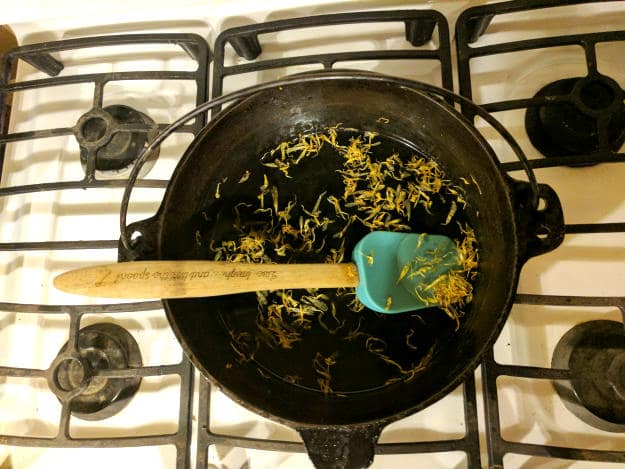

Pingback: Home Remedies For Toothache Relief | Survival Life
Pingback: Medicinal Plants You Need To Make Natural Home Remedies
Pingback: 21 Home Remedies For Toothache Pain Relief | Primitive technology
Pingback: 21 Home Remedies For Toothache Pain Relief – Ultimate Survival Alerts
Pingback: Medicinal Plants You Need To Make Natural Home Remedies
Pingback: Medicinal Plants You Need To Make Natural Home Remedies – Viral News And Videos Today's
Pingback: 21 Home Remedies For Toothache Pain Relief – Viral News And Videos Today's
Pingback: Medicinal Plants You Need To Make Natural Home Remedies - TRENDING STORY
Pingback: Medicinal Plants You Need To Make Natural Home Remedies – Survival NEWS
Pingback: Medicinal Plants You Need To Make Natural Home Remedies
Pingback: Medicinal Plants You Need To Make Natural Home Remedies | Tsunami Viral